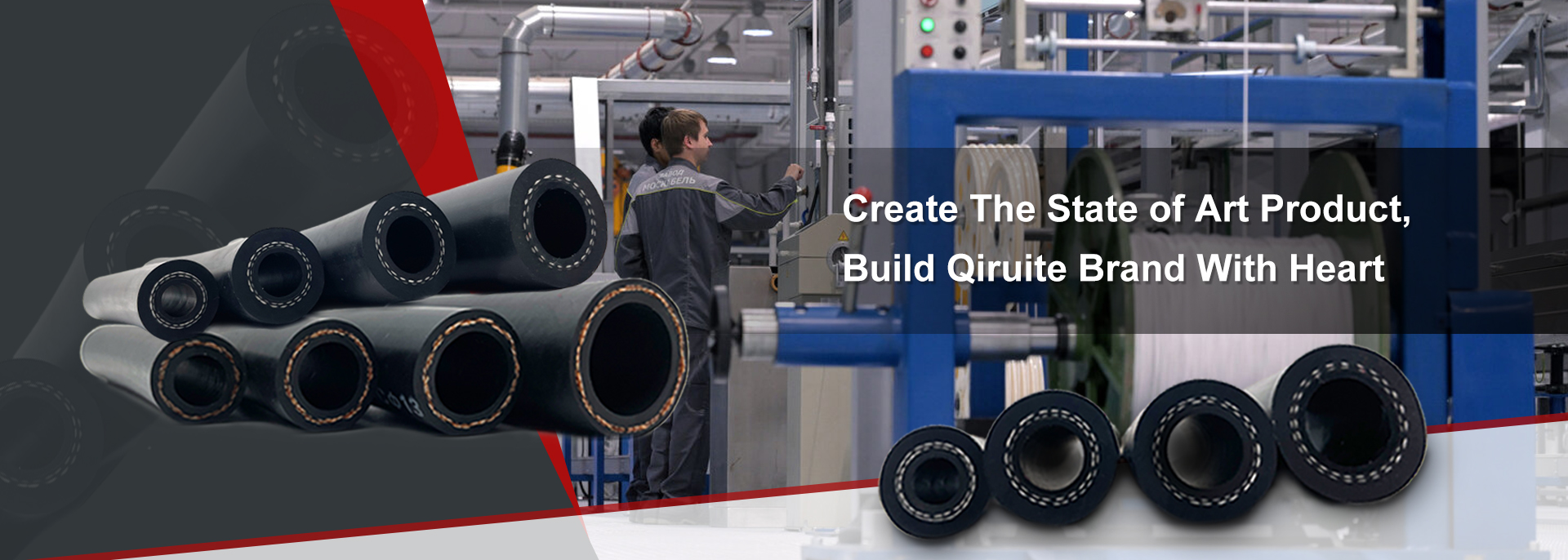bleed brake lines
Understanding Bleeding Brake Lines A Comprehensive Guide
When it comes to vehicle maintenance, the braking system is one of the most critical aspects that ensure safety on the road. Among the various components of this system, brake lines play a crucial role in transferring hydraulic fluid from the master cylinder to the brake calipers. However, those brake lines can develop issues over time, particularly air bubbles trapped within them. This article will explore the process of bleeding brake lines, its importance, and how it can be done effectively.
What is Brake Bleeding?
Bleeding brake lines is a process that removes air bubbles from the braking system. Air can enter the brake lines through leaks, or gradually over time due to wear and tear. The presence of air in the brake lines can lead to a spongy brake pedal, reduced braking efficiency, and even brake failure. Therefore, it is vital to regularly bleed the brakes to maintain optimal performance.
Why Should You Bleed Your Brake Lines?
1. Safety The primary reason for bleeding brake lines is to ensure safety. Air in the brake lines can cause a delay in brake response, significantly increasing the risk of accidents.
2. Performance Properly bled brake lines provide a firm and responsive brake pedal, ensuring that drivers can stop their vehicles efficiently.
3. Regular Maintenance Routine maintenance is essential to the longevity of a vehicle. Bleeding the brakes should be included in regular vehicle service intervals, especially for those who drive frequently or in demanding conditions.
How to Bleed Brake Lines
Bleeding brake lines can be done either by a professional mechanic or as a DIY project for those with automotive knowledge. Here’s a step-by-step guide for those who wish to tackle it themselves.
Tools Needed - Brake fluid - Wrench (usually 8mm or 10mm) - Clear plastic tubing - A container to catch old brake fluid - Assistant (optional, but recommended)
bleed brake lines

Procedure
1. Prepare the Vehicle Start by ensuring your vehicle is on a level surface with the engine off. Engage the parking brake for safety.
2. Locate the Brake Bleeder Valve Find the bleeder valve on each brake caliper. This valve is typically covered by a rubber cap.
3. Check Brake Fluid Level Open the hood and check the brake fluid reservoir. Ensure it’s filled to the recommended level with the appropriate type of brake fluid for your vehicle.
4. Attach the Tubing Place one end of the clear plastic tubing over the bleeder valve and the other end into a container to catch the fluid.
5. Bleed the Brakes If you have an assistant, have them pump the brake pedal several times and hold it down. Then, open the bleeder valve with the wrench. You’ll see brake fluid (and possibly air bubbles) flow into the tubing. Close the valve once the air bubbles stop, and instruct your assistant to release the brake pedal. Repeat this process until you have clear fluid coming out without any bubbles.
6. Repeat for All Wheels Move to the next wheel (typically starting with the wheel furthest from the master cylinder) and repeat the bleeding process. Don’t forget to check the brake fluid level between bleeding each wheel.
7. Finalize After bleeding all wheels, double-check the brake fluid level and top it off if needed. Replace all rubber caps on the bleeder valves and check for any leaks.
8. Test Drive Finally, take your vehicle for a short test drive to ensure the brakes are functioning correctly. The pedal should feel firm and responsive.
Conclusion
Bleeding brake lines is an essential maintenance task that contributes to the overall safety and performance of your vehicle. While the process can be straightforward, it’s important to follow the necessary steps to ensure that it is done correctly. If you’re unsure about any part of the process, it’s always best to consult a professional mechanic. Remember, a well-maintained brake system is a crucial factor in ensuring your safety on the road.
-
Ultimate Spiral Protection for Hoses & CablesNewsJun.26,2025
-
The Ultimate Quick-Connect Solutions for Every NeedNewsJun.26,2025
-
SAE J1401 Brake Hose: Reliable Choice for Safe BrakingNewsJun.26,2025
-
Reliable J2064 A/C Hoses for Real-World Cooling NeedsNewsJun.26,2025
-
Heavy-Duty Sewer Jetting Hoses Built to LastNewsJun.26,2025
-
Fix Power Steering Tube Leaks Fast – Durable & Affordable SolutionNewsJun.26,2025

